Chinese scientists propose a one-way quantum phonon laser technology solution
source:Laserfair
release:Nick
keywords: quantum laser technology
Time:2019-01-10
In quantum chips, phononic resonators coupled with superconducting bits are key components for connecting converted optoelectronic signals and performing quantum logic operations. Such coherent phonon devices have wide application value in many fields such as quantum information, nanomechanics and thermoelectric materials, ultrasensitive sensing, nondestructive testing and geological exploration. However, there is a technical "disturbance" in the manufacture of this key component, that is, the signal quality and calculation accuracy are susceptible to interference or even damage by environmental noise.
Jing Hui, a professor at the School of Physics and Electronic Science, Hunan Normal University, China, proposed a one-way quantum phonon laser technology that not only achieves high-fidelity directional amplification of signals, but also significantly suppresses the interference or damage of reverse noise on chip functions. . The technical solution does not rely on material nonlinearity, and is convenient to extend to the integrated array circuit, and provides a general method for practical applications such as quantum computing, one-way communication, stealth detection, and heat flow control.
Jing Hui proposed that the unidirectional amplification and transmission of sound waves can be realized by the relativistic optical effect of the rotating cavity. Firstly, the optical cavity pressure is used to design the coupling cavity parameters to realize the phonon coherence amplification, that is, the phonon laser. Then use the relativistic Sagnag effect, that is, the frequency and the radiation pressure of the light along or opposite to the direction of rotation of the cavity will be different, so that the phonons generated in one direction are coherently amplified, while the phonon excitation in the opposite direction is completely forbidden. Finally, a new one-way phonon coherent amplification technique that can achieve high fidelity directional amplification of the signal and significantly suppress the interference of reverse noise on the chip function is realized.
 Lead the Intelligent Welding Revolution: Greater Bay Area AI + Laser Welding Summit
Lead the Intelligent Welding Revolution: Greater Bay Area AI + Laser Welding Summit Splashing 200 Million Yuan! Three Industry Giants Boost Investment in the Laser Track
Splashing 200 Million Yuan! Three Industry Giants Boost Investment in the Laser Track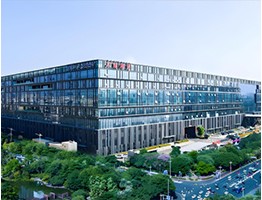 Two New Companies Established! Han's Ecosystem Further Expands
Two New Companies Established! Han's Ecosystem Further Expands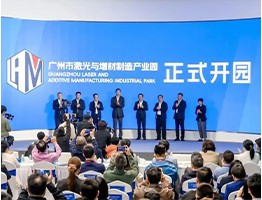 Multi-Sector Flourish! Five Major Laser Parks Rise Rapidly
Multi-Sector Flourish! Five Major Laser Parks Rise Rapidly The Grand Finale is Here! Three Major Laser Headquarters Base Projects Topped Out
The Grand Finale is Here! Three Major Laser Headquarters Base Projects Topped Out
 Intelligent Scientific Systems: Leading Domestic Ultrafast Imaging, Redefining Visual Perception
Intelligent Scientific Systems: Leading Domestic Ultrafast Imaging, Redefining Visual Perception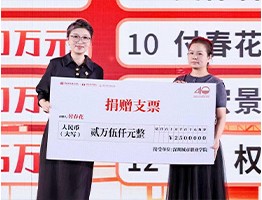 From Rural Girl to Laser Helmsman: Fu Chunhua's Light-Chasing Journey
From Rural Girl to Laser Helmsman: Fu Chunhua's Light-Chasing Journey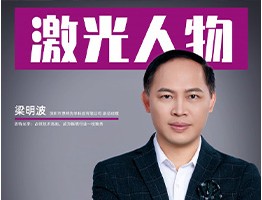 Scanner Optics: Galvanometer Tech Leader
Scanner Optics: Galvanometer Tech Leader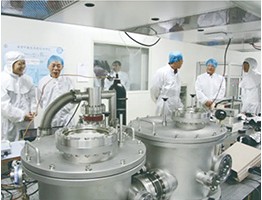 The "Light Chasers" in the Deep Ultraviolet World
The "Light Chasers" in the Deep Ultraviolet World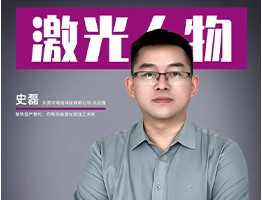 Shi Lei (Hipa Tech): Focus on Domestic Substitution, Future Layout in High-End Laser Micromachining
more>>
Shi Lei (Hipa Tech): Focus on Domestic Substitution, Future Layout in High-End Laser Micromachining
more>>
